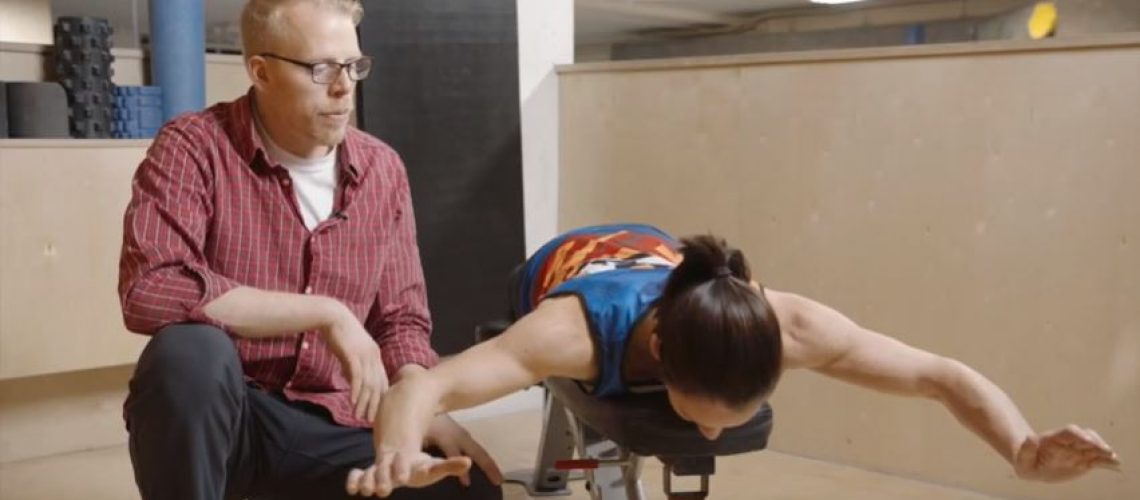Shoulder & Neck Rehab
By Christy Mader

In this post I will go over a few basic activation exercises I found helpful when dealing with my own neck and shoulder pain. The focus of these movements is to unload the neck while moving the shoulder and arm.
From a pain science perspective, the brain needs to know that it’s ok to move your various sore parts without aggravating your symptoms. Pain usually increases if the nervous system is heightened (i.e., when you are feeling stressed or in a sympathetic nervous system response). Here is a video that Gabriel Shaw, a kinesiologist and Tai Chi instructor in Victoria, has put together. He has been helpful in correcting some of my movement mechanics. I highly recommend him. I find his video helpful for loosening up without overstretching while also calming the nervous system.ere
The scapula (shoulder blade) needs to move with your arm. The three muscles that rotate your scapula upwards are your Upper Trapezius, Serratus Anterior, and Lower Trapezius (called Traps for short). For some people, their Upper Traps do too much work, especially when neck pain is a problem. For others, they need more Upper Trap activation which we will look at in a future post For the first two exercises shown in the video below, the goal is to recruit your Serratus and Lower Trap to help with moving the scapula, not just relying on your Upper Trap to do everything. Here is a video of two exercises: Prone Ws and Prone Ys.
In the next video, we look at standing Ws, Supraspinatus strengthening, and a shoulder stretch. Gabriel surprised me in the middle of filming with the last two exercises.
Another good exercise to get you thinking about moving the arm and shoulder blade together is rolling a ball under your hand or doing a basic push up plus against a wall while focusing on moving the whole arm and shoulder blade together (the motion of the scapula in this exercise is protraction/retraction combined with a bit of downward and upward tilt).
With all these basic movements, I encourage quality and mindful reps instead of quantity. If you feel you can only do 4 or 5 reps and stay connected to your Serratus and Lower Trap, that’s alright. As you practice, you will get better at engaging your shoulder stabilizers. You can work up to 3 sets of 10 reps in all the exercises listed above once you can produce quality reps. Then you will be ready for some more challenging exercises in Shoulder Rehab 2.
Contact Gabriel Shaw, BSc, Kinesiologist, through his website if you would like some help with your mechanics.